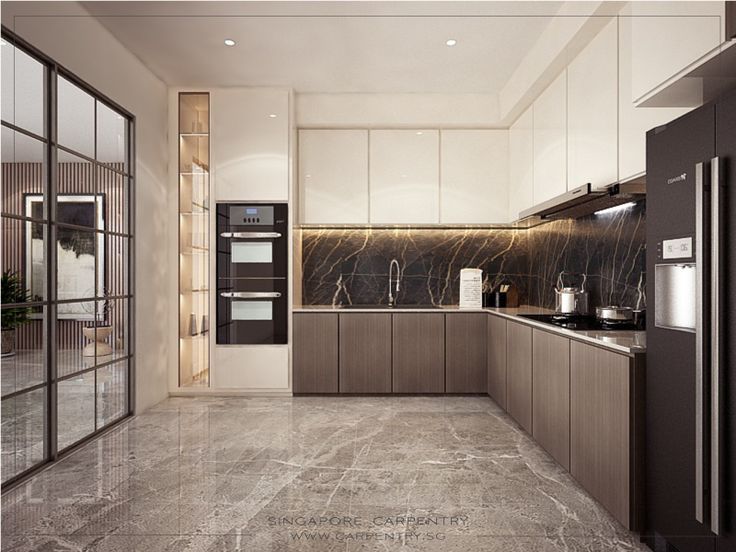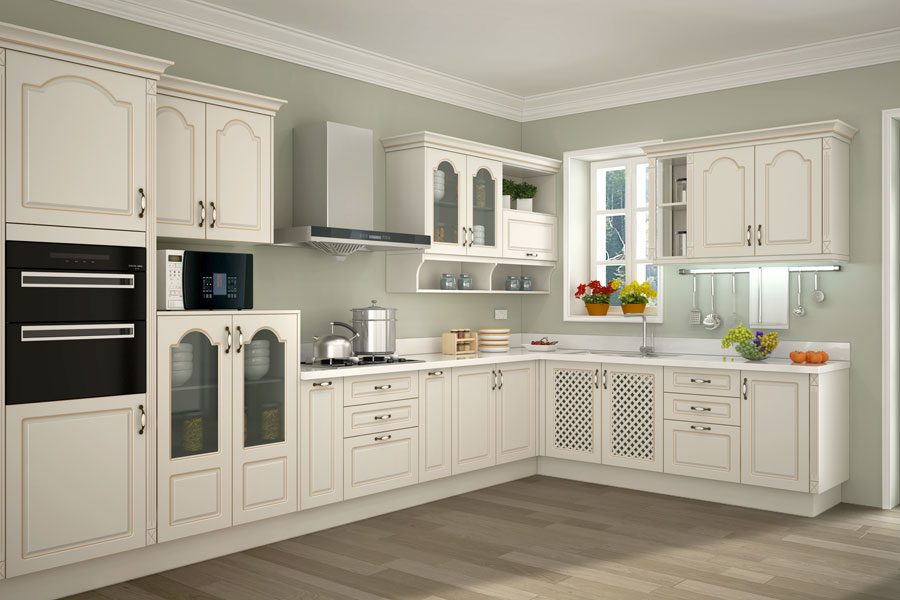Home Furniture
Modern versus Traditional Kitchen Cabinet
Modern versus Traditional Kitchen Cabinet.
The design and functionality of kitchen cabinets have evolved over time, leading to distinct differences between modern and traditional styles. Here are key characteristics that differentiate modern and traditional kitchen cabinets:
The Modern versus Traditional Kitchen Cabinet.
Modern Kitchen Cabinets:
Majority of the Modern kitchen cabinets are characterized by sleek, clean lines, and a minimalist design that reflects contemporary aesthetics. These cabinets are part of a broader trend in modern interior design that emphasizes simplicity, functionality, and a focus on open, uncluttered spaces.
Furthermore, modern kitchen cabinets are designed to create a functional and visually appealing space, often with an emphasis on creating a kitchen that feels open, uncluttered, and timeless. The flexibility in material choices and design elements allows for a range of interpretations within the broader category of modern kitchen design.
Here are key features that define modern kitchen cabinets:
Sleek and Minimalist Design:
Modern cabinets often feature clean lines, simple shapes, and a minimalist aesthetic. Ornate details are typically avoided in favor of a streamlined and uncluttered look.
Material Choices:
Common materials for modern cabinets include sleek, high-gloss finishes, laminate, glass, and metals such as stainless steel. Wood may still be used, but it’s more likely to be in a smooth, flat-panel design.
Color Palette:
Modern cabinets tend to favor a neutral color palette, such as whites, grays, and blacks. Bold colors may be used as accents, but the overall look is often monochromatic and understated.
Handleless or Minimal Hardware:
Modern cabinets often feature handleless designs or minimalist hardware. If handles or pulls are used, they are typically simple and integrated into the overall design.
Innovative Storage Solutions:
Modern kitchen cabinets often incorporate innovative storage solutions, such as pull-out drawers, rotating shelves, and hidden compartments, maximizing functionality and organization.
Open Shelving:
Modern kitchens may incorporate open shelving to create a more airy and open feel. This allows for the display of decorative items and can contribute to a more casual and accessible atmosphere.
High-Tech Features:
Integration of technology is common in modern kitchen designs. This may include built-in charging stations, heat extractor hood, magic corner, pullout pantry, smart appliances, and other tech-savvy elements.
Traditional Kitchen Cabinets:
Traditional kitchen cabinets are characterized by their classic and timeless design elements, often drawing inspiration from historical styles and craftsmanship. These cabinets contribute to a warm and inviting atmosphere, emphasizing ornate details and a sense of elegance.
Traditional kitchen cabinets offer a sense of comfort and familiarity, making them a popular choice for homeowners who appreciate a classic and refined aesthetic in their kitchen spaces.
Here are key features that define traditional kitchen cabinets:
Classic and Timeless Design:
Traditional cabinets often feature detailed craftsmanship, intricate moldings, and a sense of elegance. They are inspired by historical design elements and can convey a sense of warmth and familiarity.
Wood Construction:
Traditional cabinets are commonly crafted from wood, often with raised-panel doors and elaborate detailing. Oak, cherry, and maple are popular wood choices in traditional kitchens.
Warm Color Tones:
Traditional kitchens tend to favor warm and rich color palettes. Earthy tones such as creams, browns, and deep reds are commonly used to evoke a cozy and inviting atmosphere.
Ornate Hardware:
Traditional cabinets often feature decorative hardware such as ornate handles, knobs, and pulls. These details contribute to the overall classic and refined appearance.
Crown Molding and Trim:
Crown molding and other decorative trims are common in traditional kitchen designs. These elements add a sense of sophistication and timeless charm to the cabinetry.
Glass-Fronted Cabinets:
Traditional kitchens may include glass-fronted cabinets, allowing for the display of fine china or decorative items. The glass is often textured or leaded for a vintage touch.
Formal and Symmetrical Layout:
Traditional kitchens typically have a more formal and symmetrical layout. This design approach emphasizes balance and order, with a focus on creating a harmonious and well-proportioned space.
Conclusion on Modern versus Traditional Kitchen Cabinet;
In summary, modern kitchen cabinets are characterized by a sleek and minimalist design, while traditional cabinets embrace classic details and a warm, timeless aesthetic. The choice between these styles often depends on personal preferences, the overall design of the home, and the desired atmosphere of the kitchen.
Check through both new and modern designs of kitchen cabinet in Nigeria. Sojionet Furniture offers just the best custom makes that will perfectly fit your space. Furthermore, we make use of environmental friendly materials that will improve your life.


